Access Point Views, Ports, and Connectors
Cisco Catalyst Wireless 9166D1 Wi-Fi 6E Access Point has multiple options that you can use to power the AP. For information about connectors and ports for the AP models, see Connectors and Ports on the AP.
Environment Sensors
The AP has inbuilt environment sensors that work with Cisco Spaces. There are two visible vents at the top of the AP. The sensors measure the following environment parameters:
-
Ambient air temperature sensor
-
Air quality sensor (Total Volatile Organic Compounds [TVOC])
-
Relative humidity sensor
-
Accelerometer
 Note |
For more information on how to configure the AP sensor in Cisco Spaces, see the AP as a Sensor section of the Cisco Spaces: IoT Services Configuration Guide. |
Connectors and Ports on the AP
The following figures show the available ports on the AP:
CW9166D1 Face View
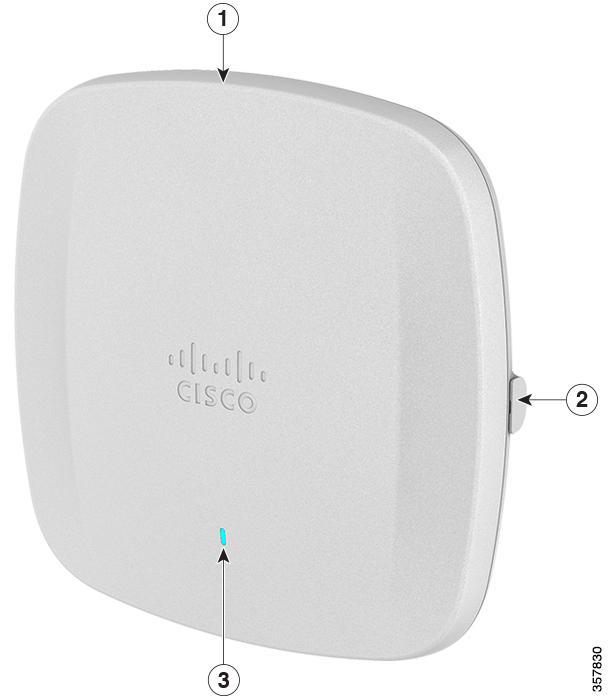
|
1 |
Location of the ports and connectors on the head of the AP. |
|
2 |
USB 2.0 port |
|
3 |
Status LED For information on the LEDs status, see LED Status Indications. |
CW9166D1 Top View
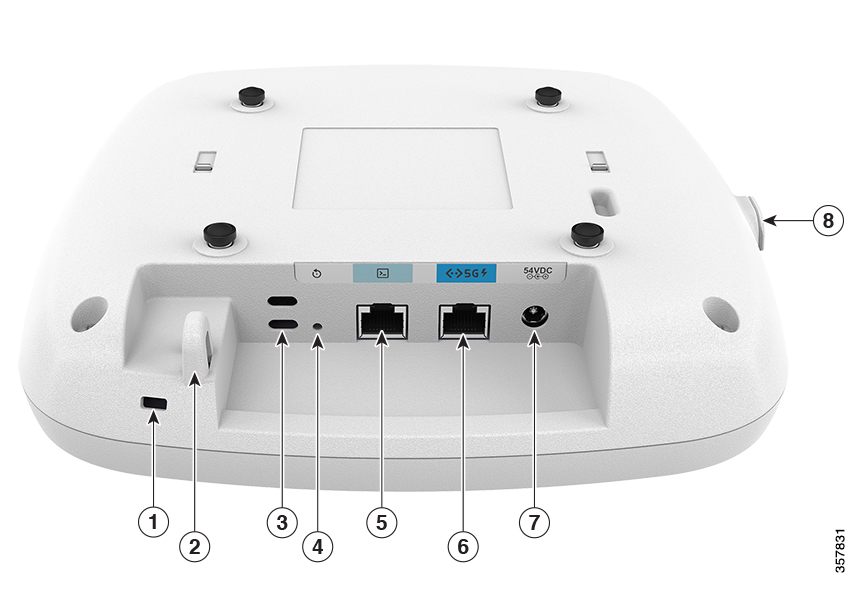
|
1 |
Kensington lock slot |
5 |
RJ-45 console port Default baud rate is 115200. |
|
2 |
Security hasp for padlocking AP to mounting bracket |
6 |
5GbE port |
|
3 |
Environment Sensor vents |
7 |
DC 54V power input port |
|
4 |
Mode button For information on how to use the Mode button, see the Using the Mode Button section |
8 |
USB 2.0 port |
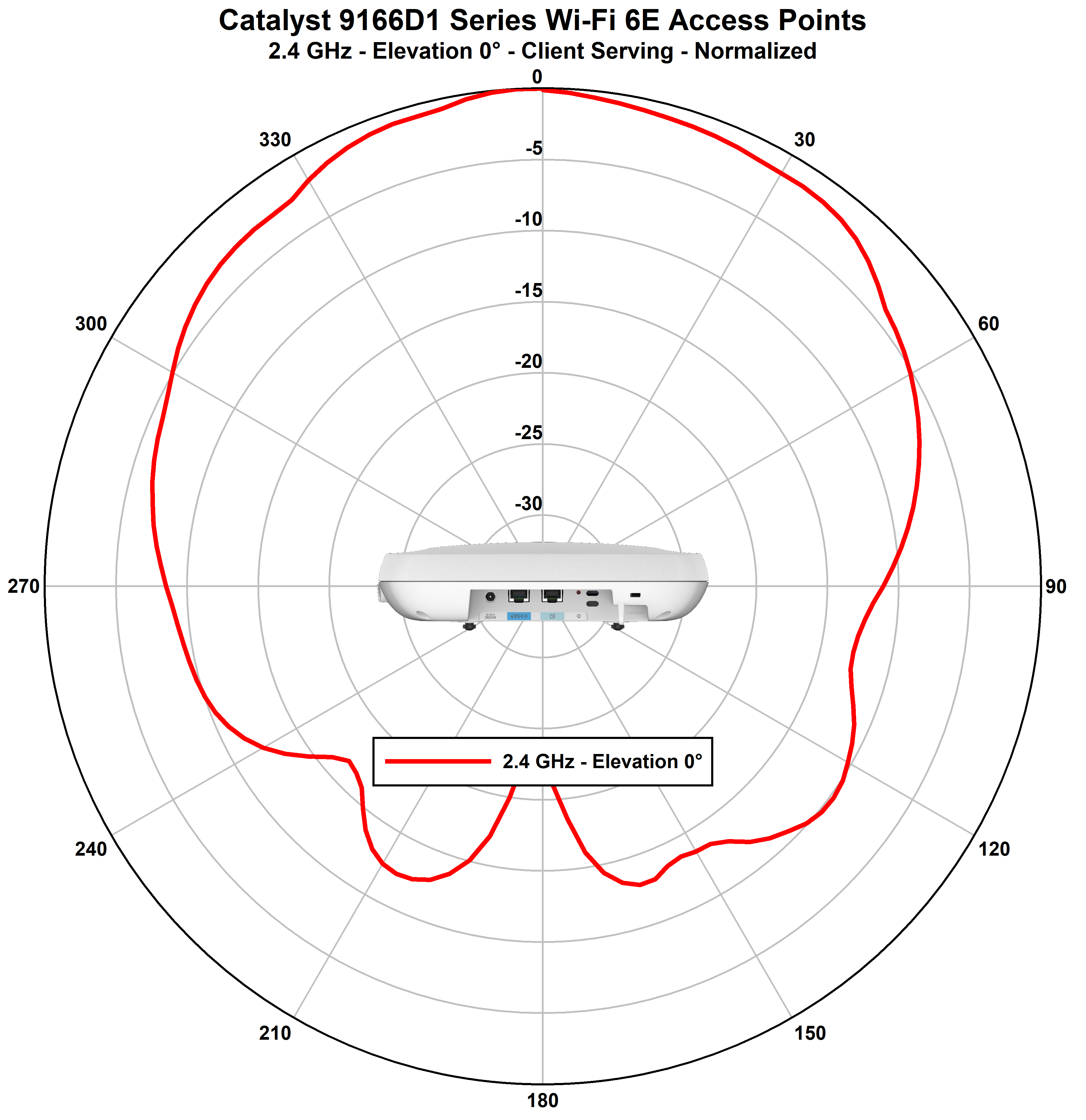
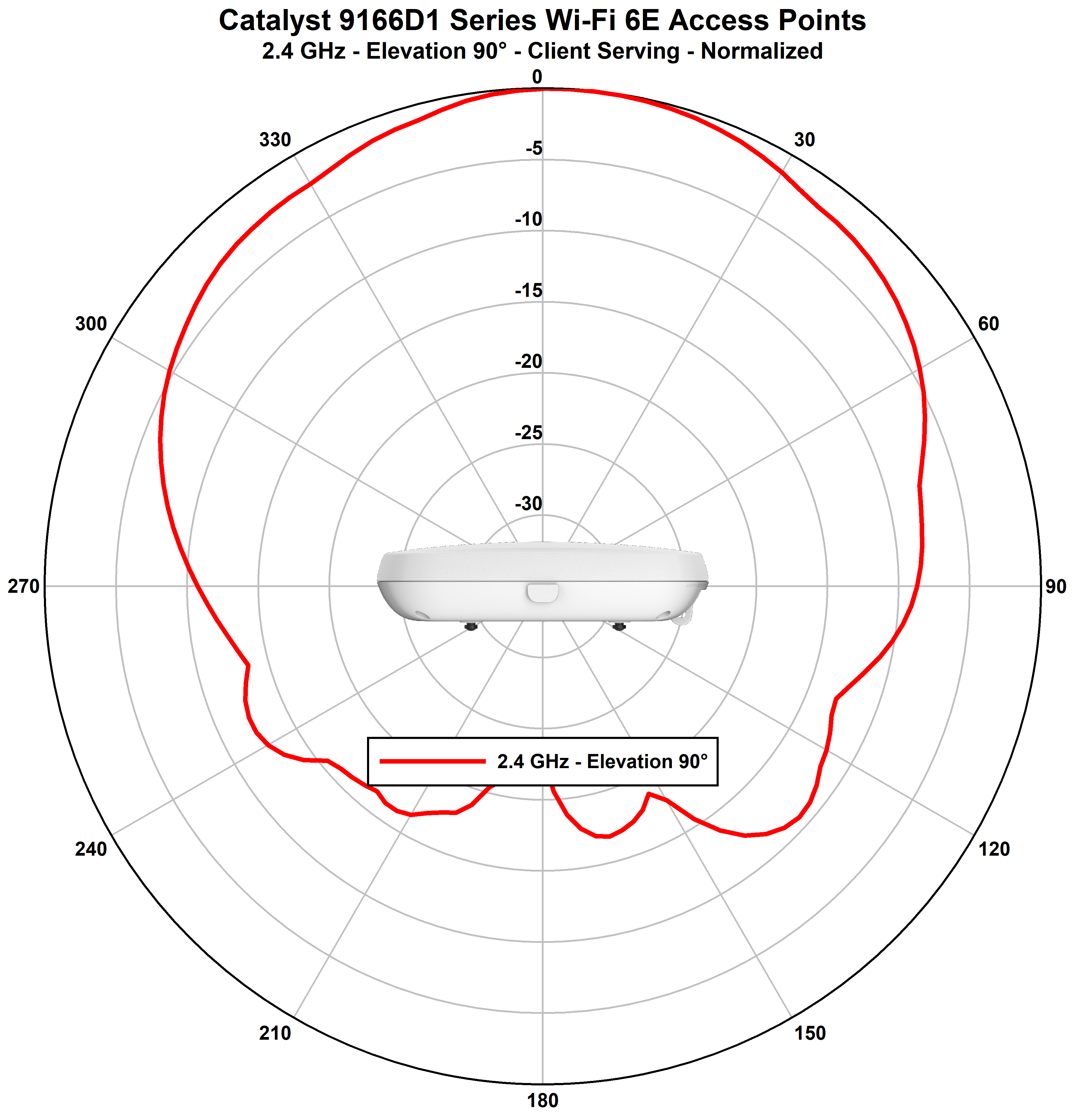
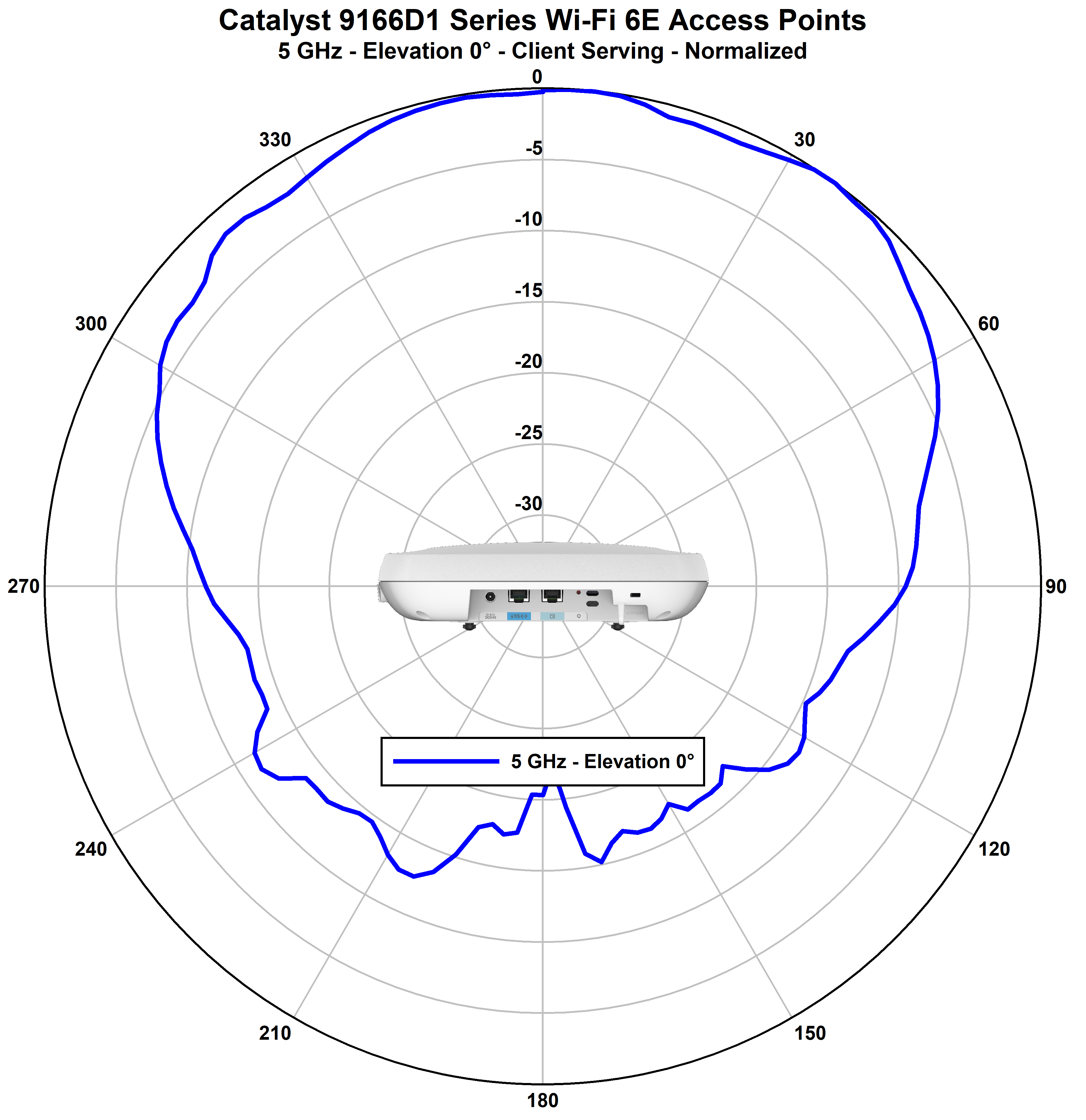
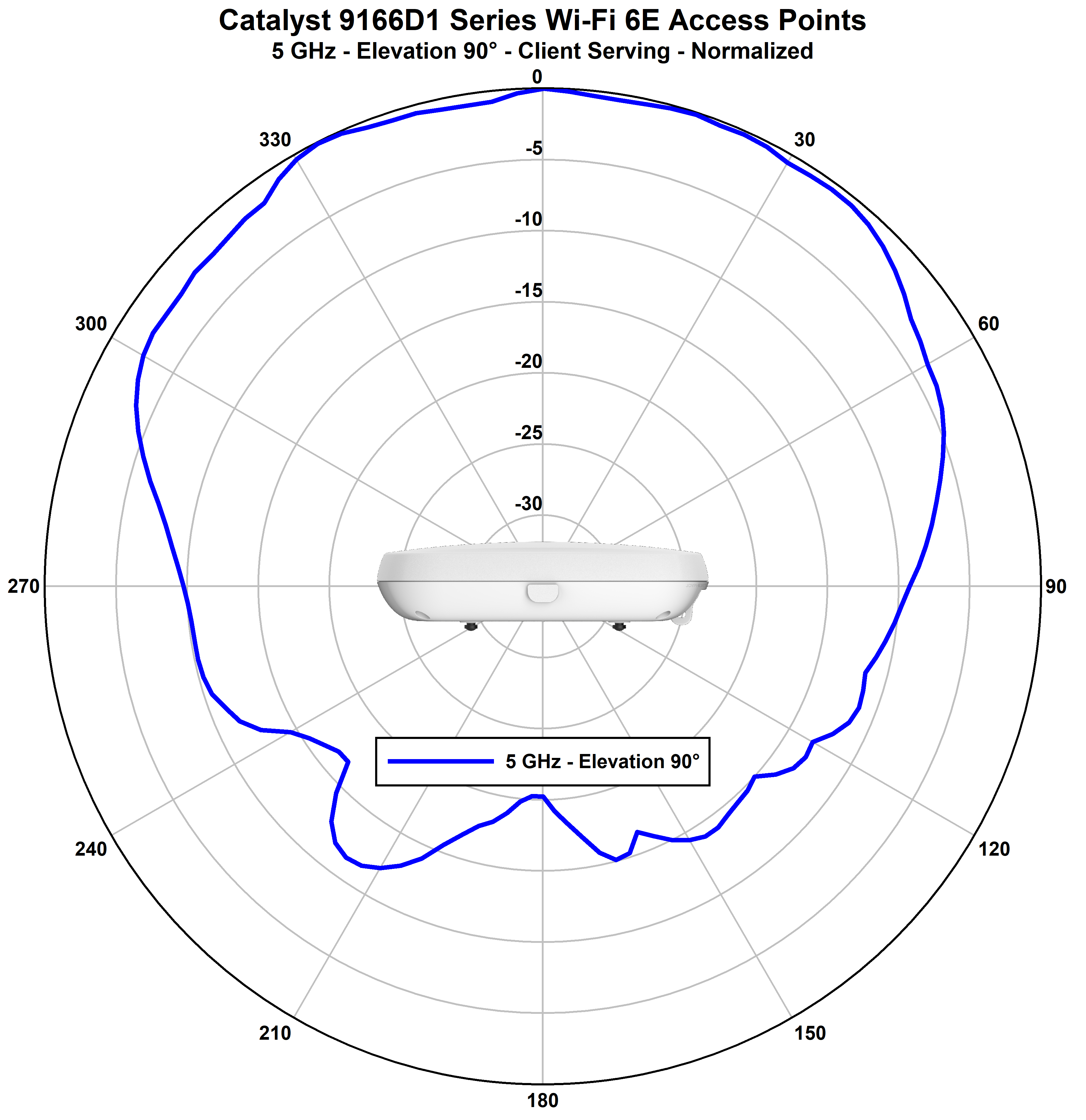
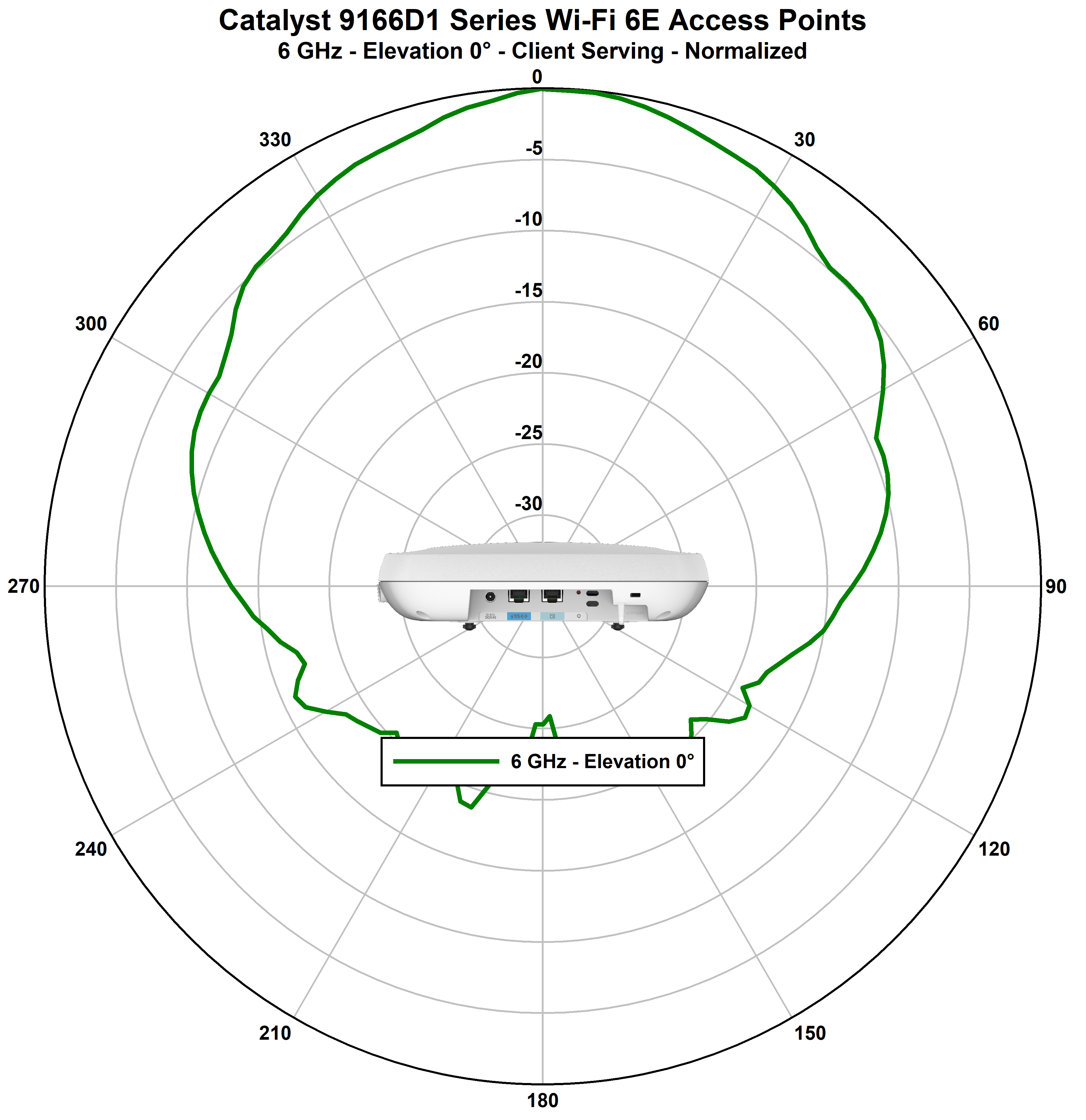
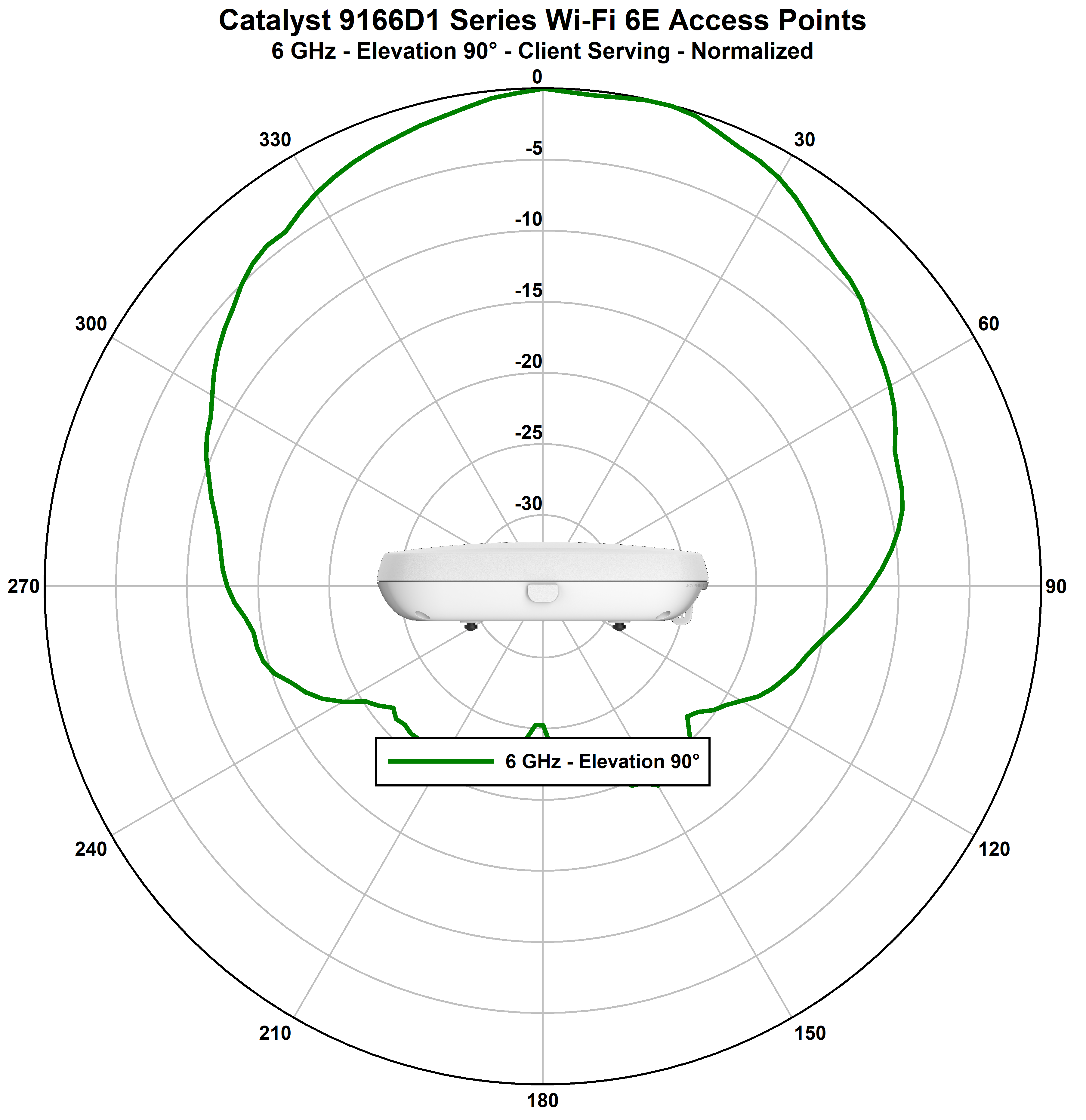
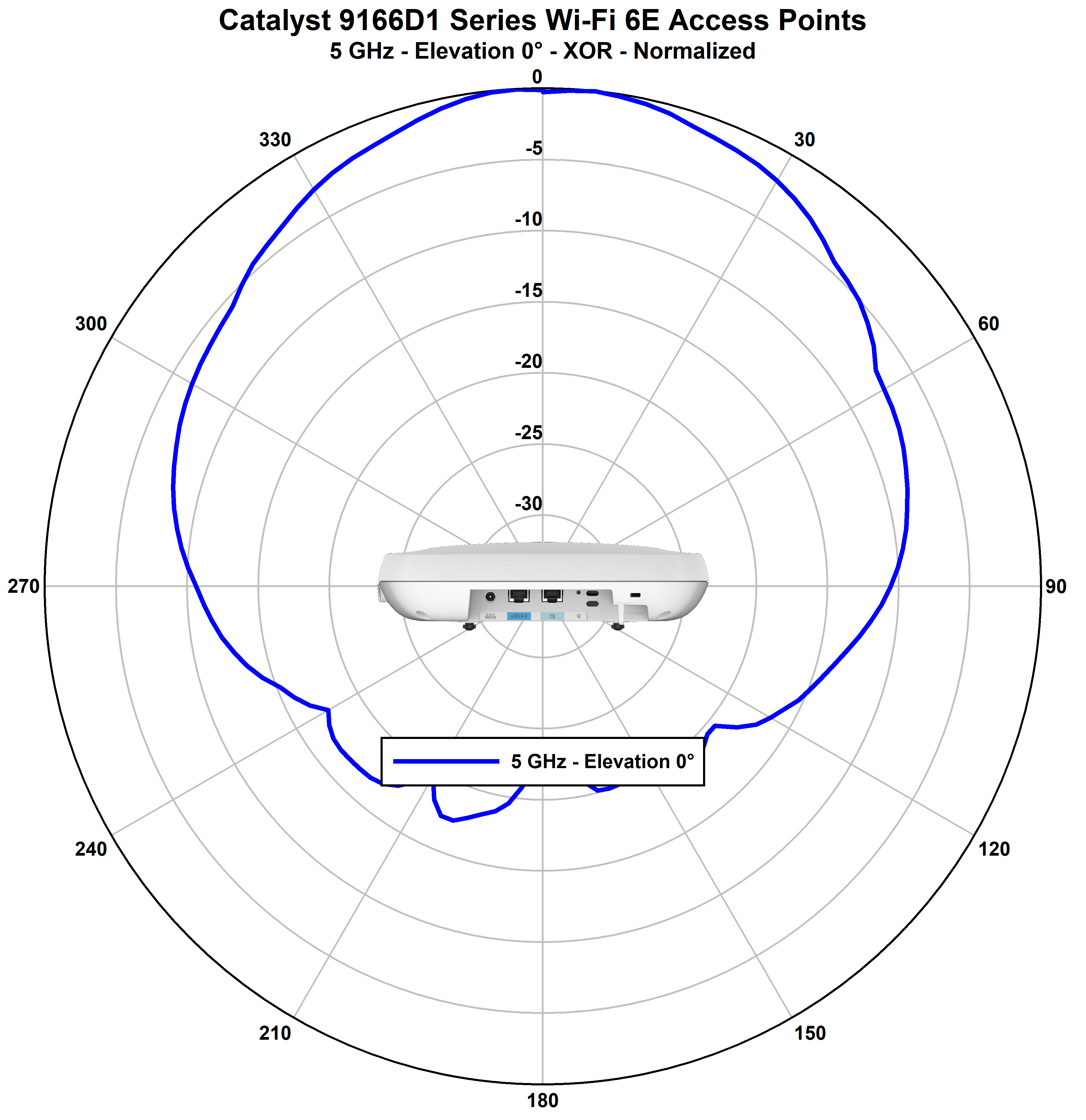
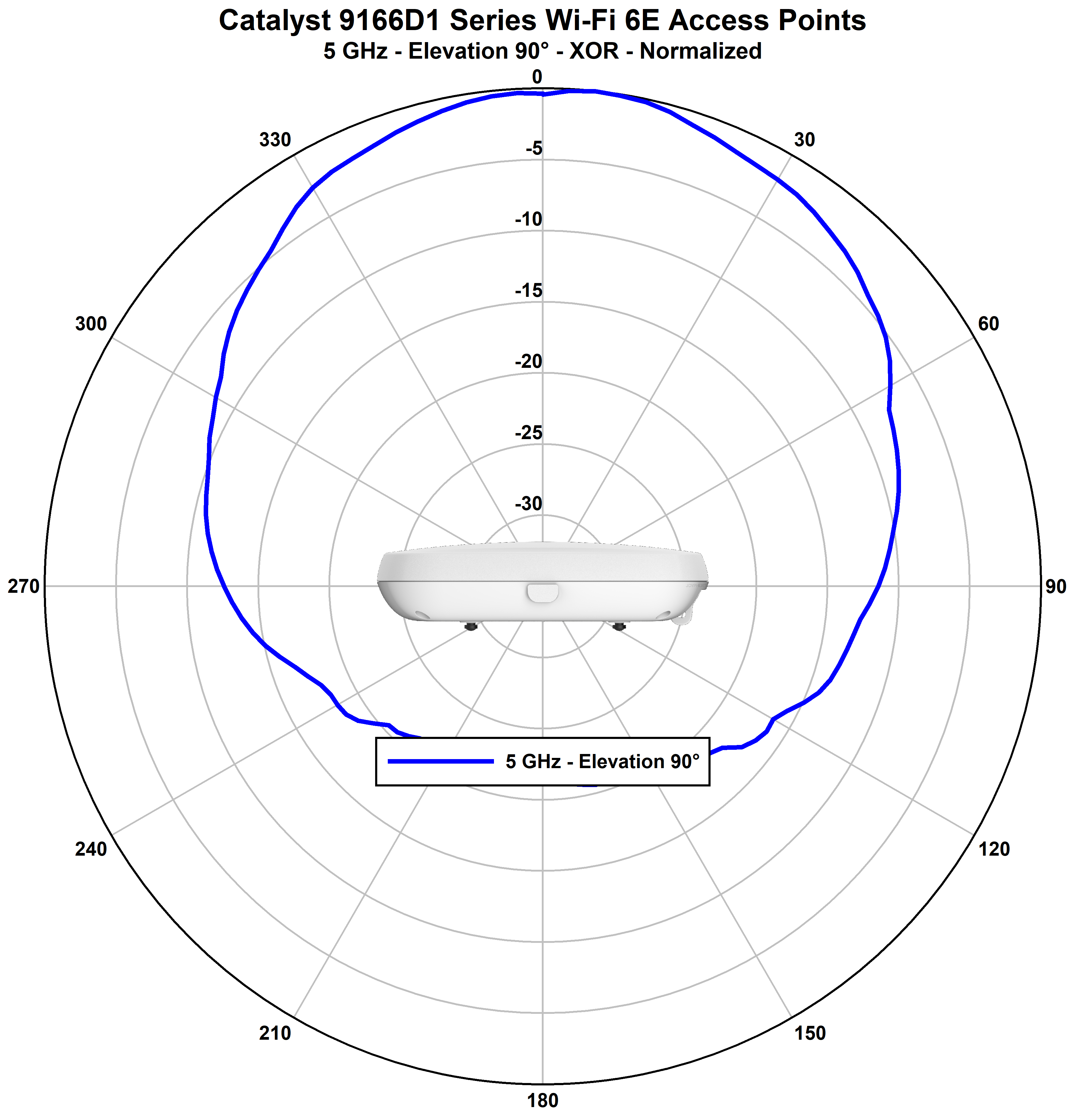
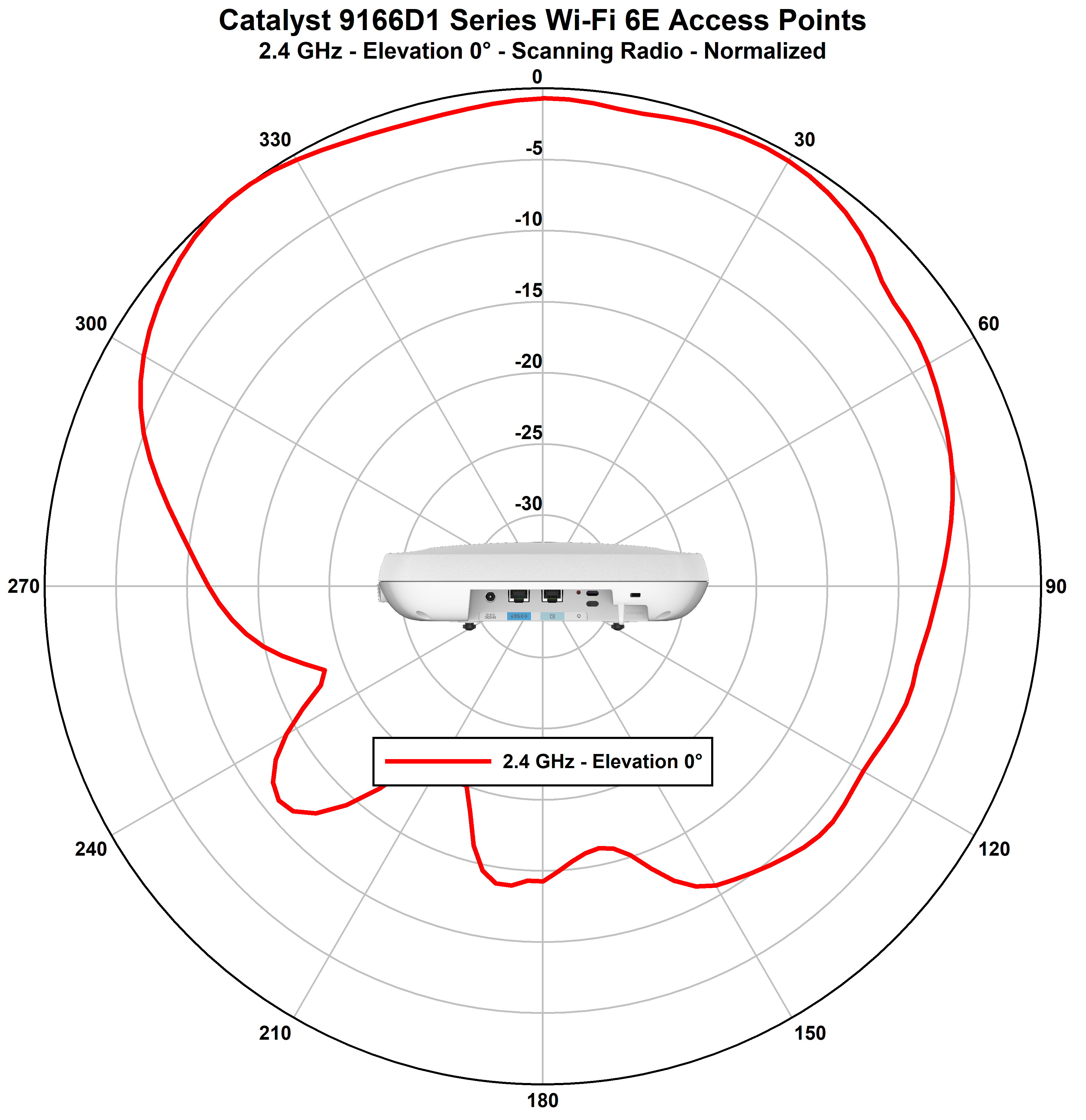
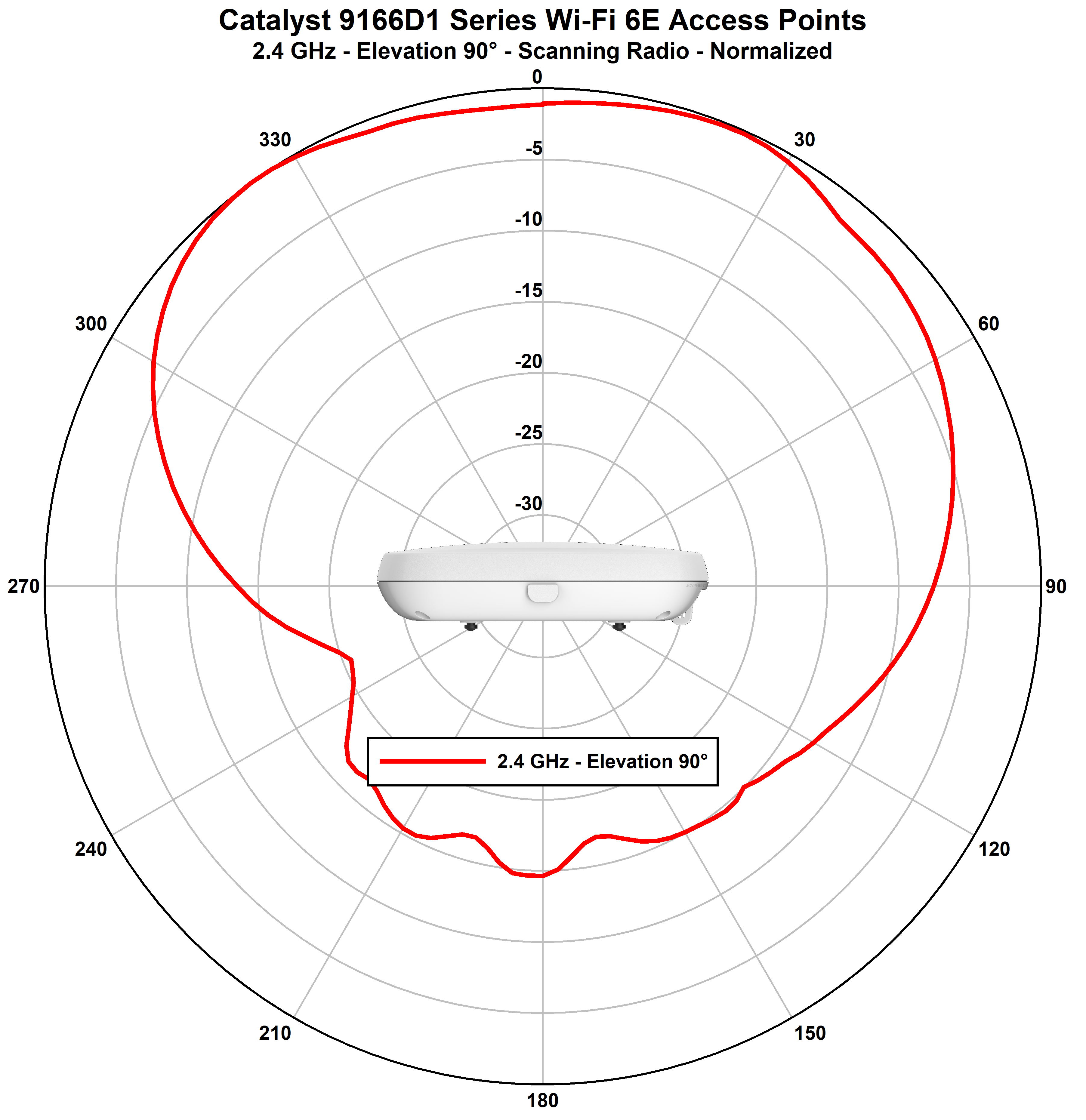
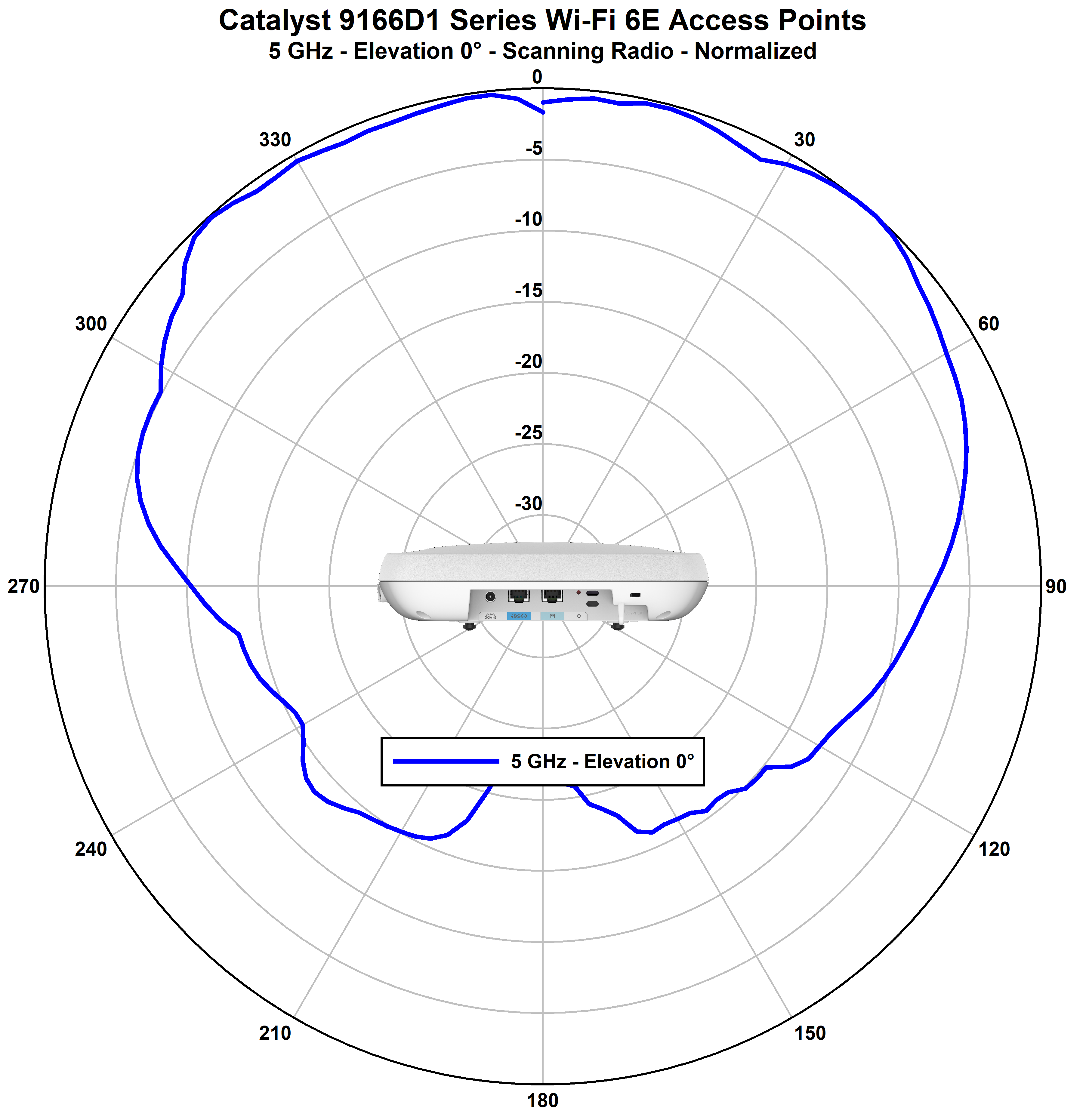

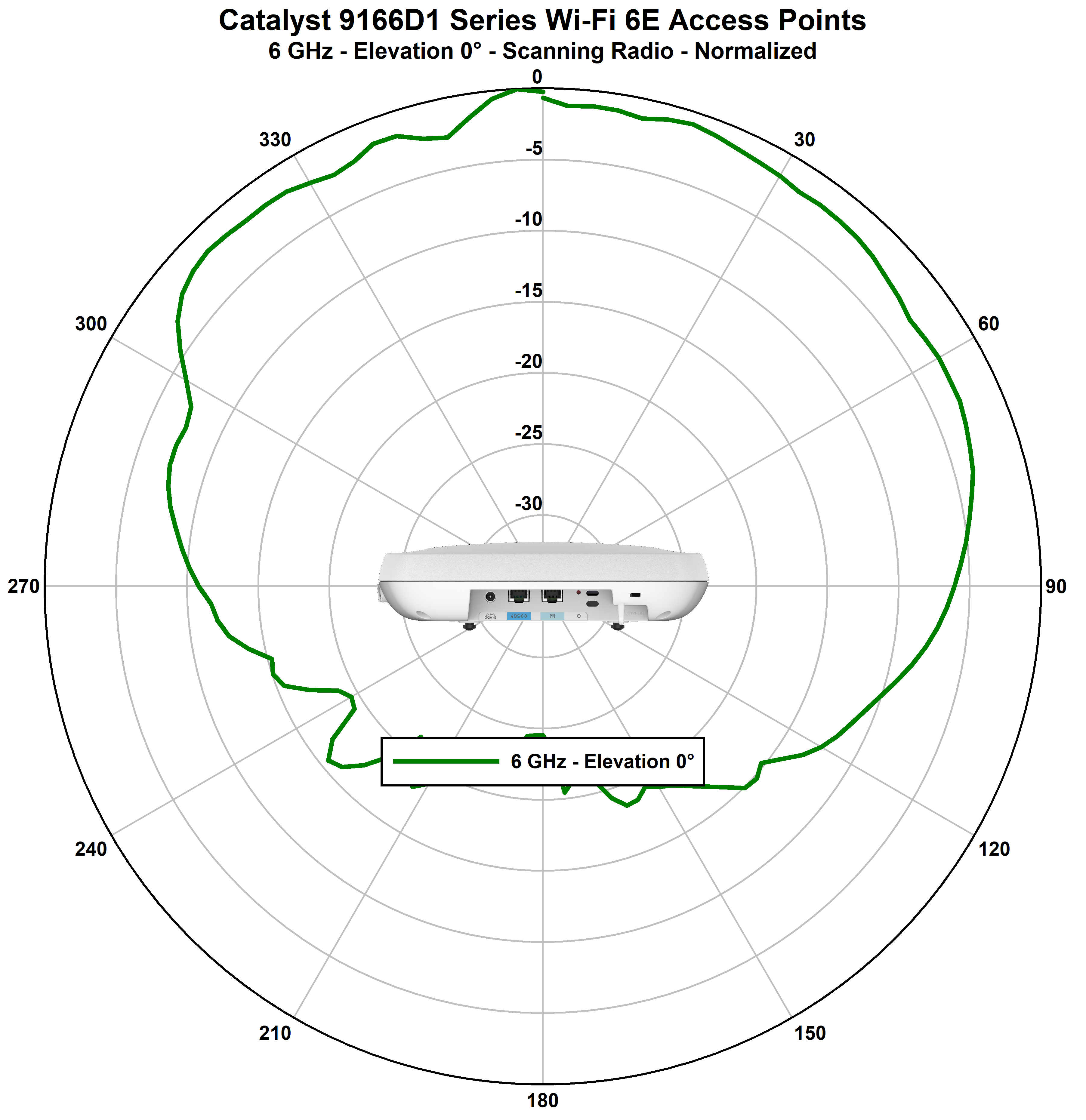
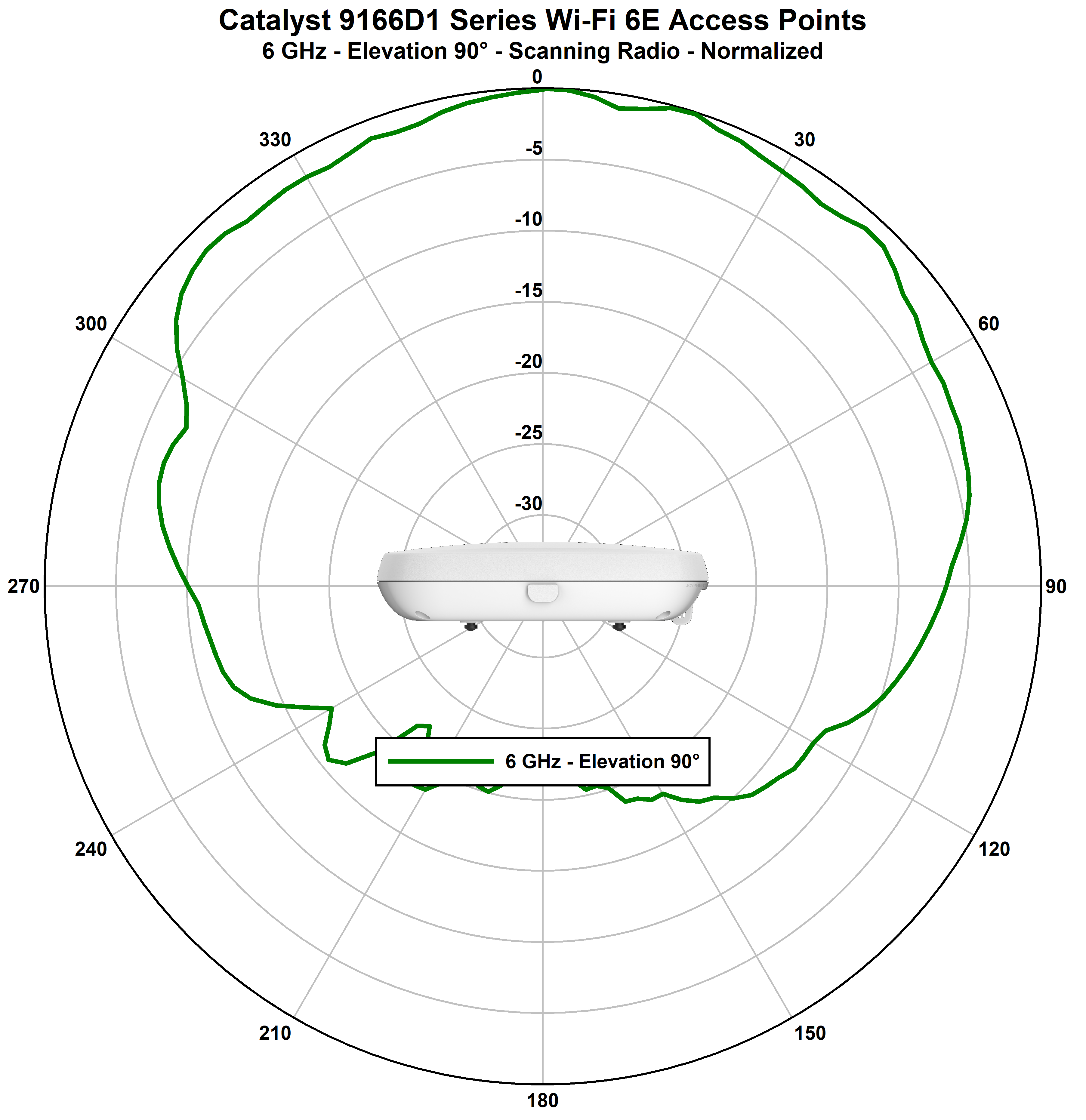
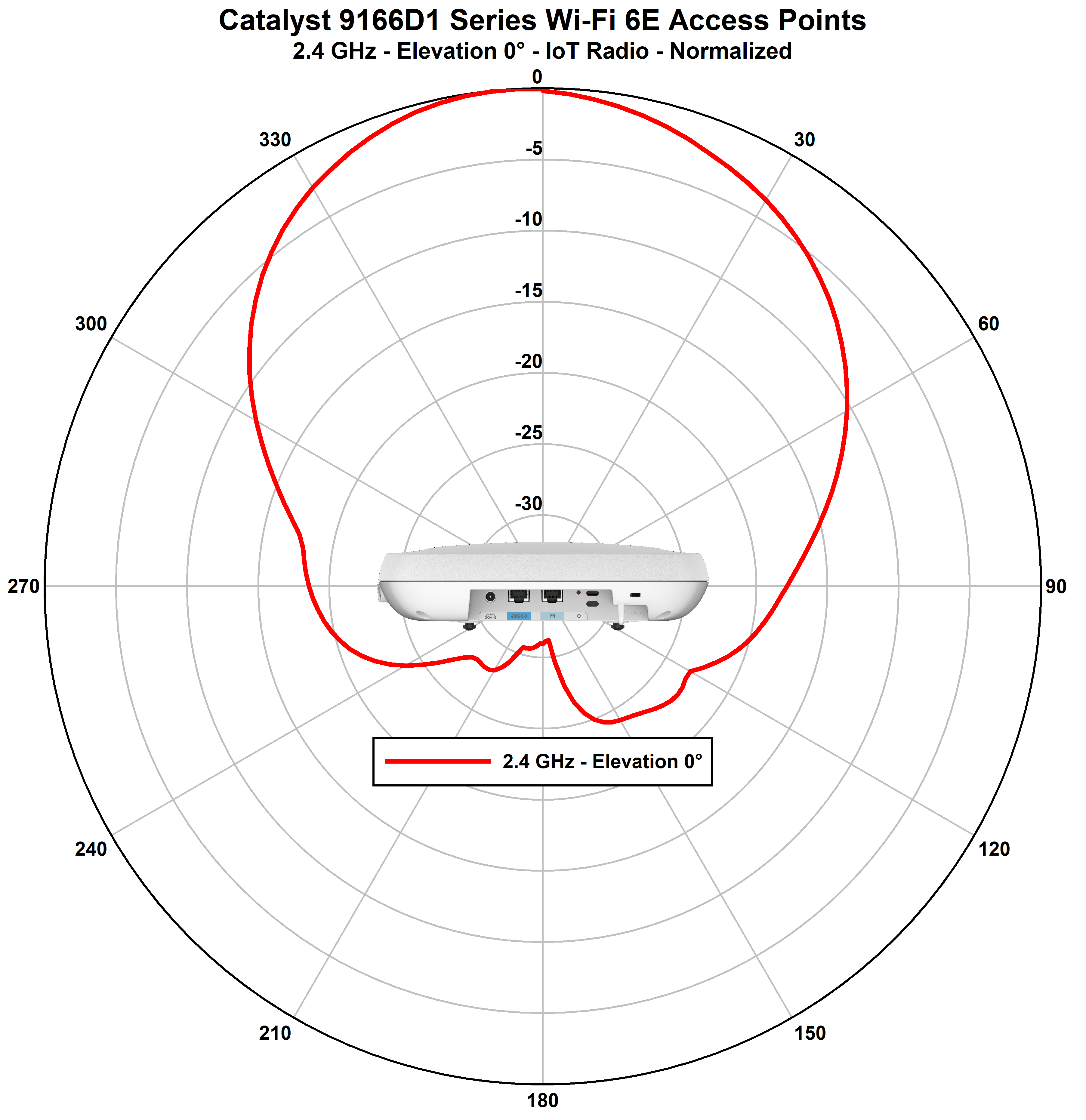
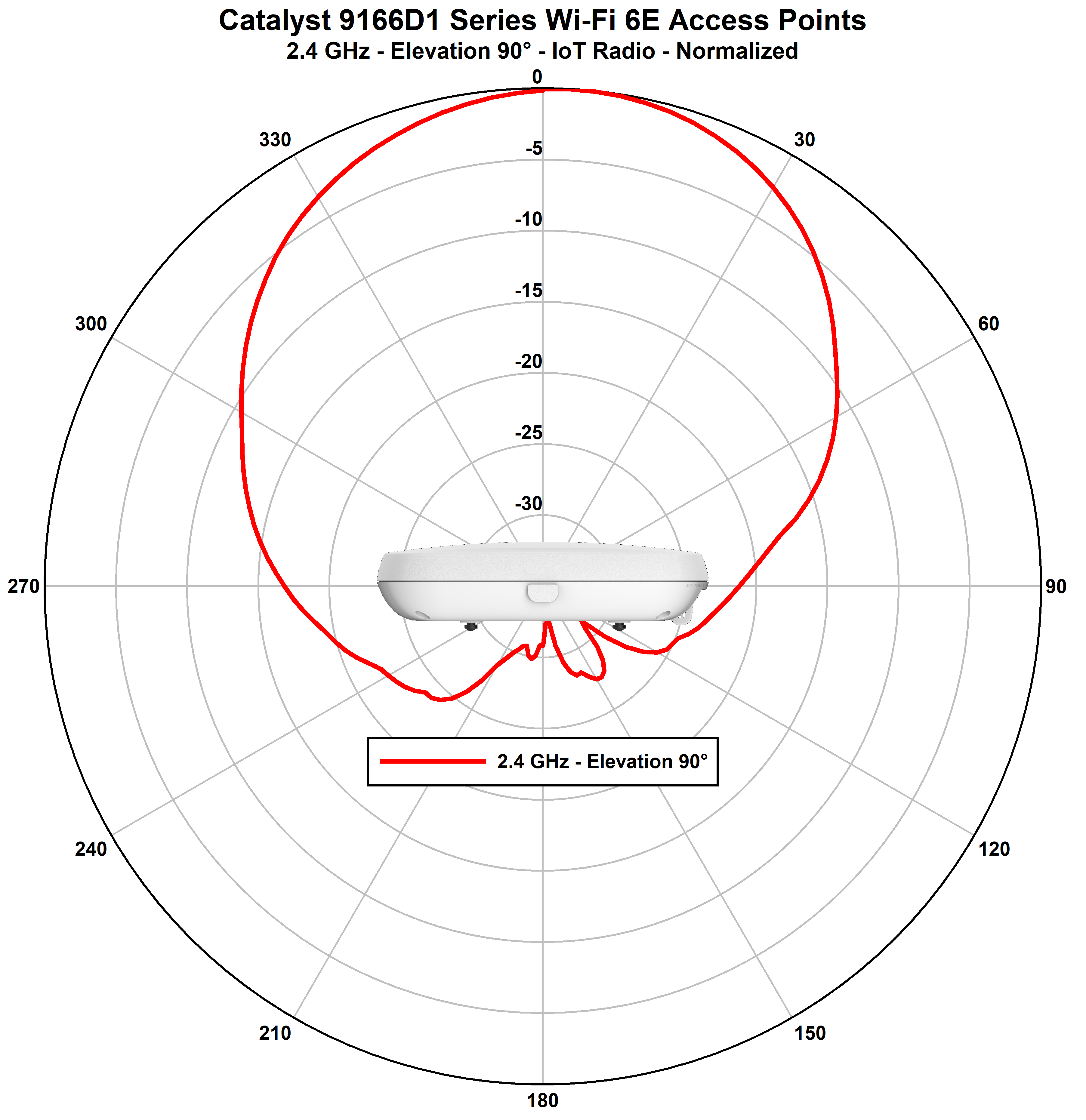
 Feedback
Feedback